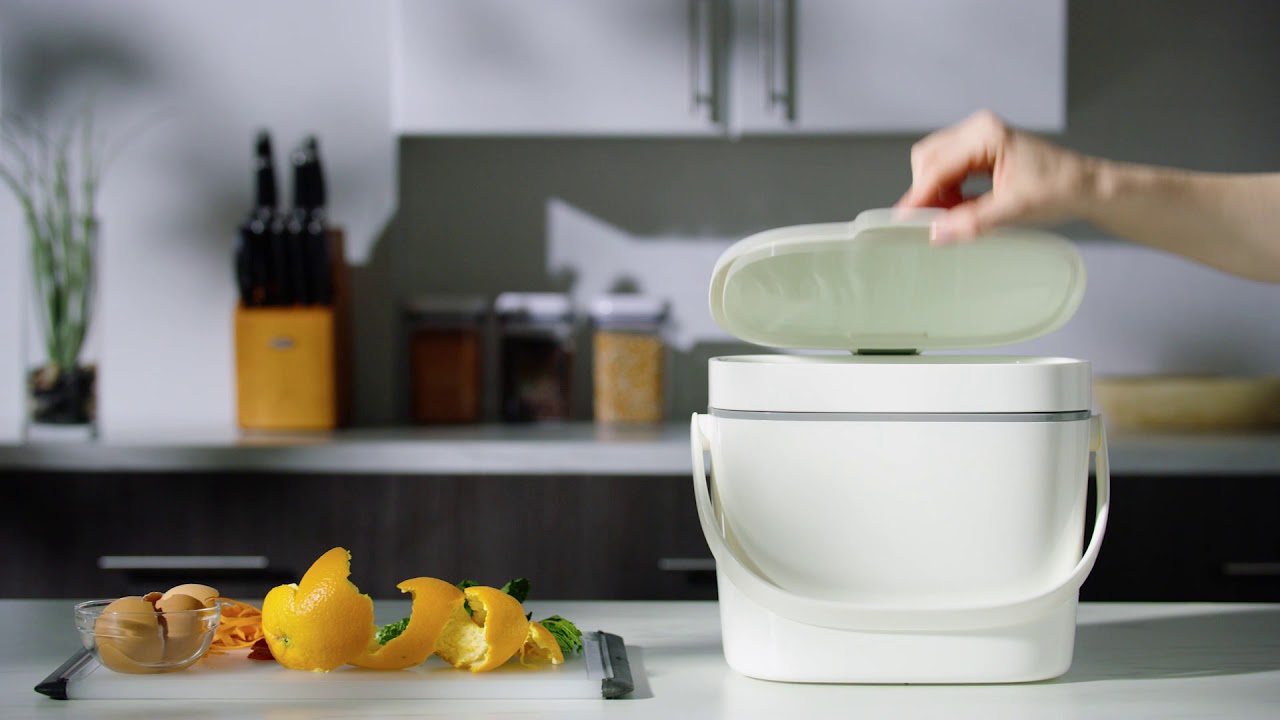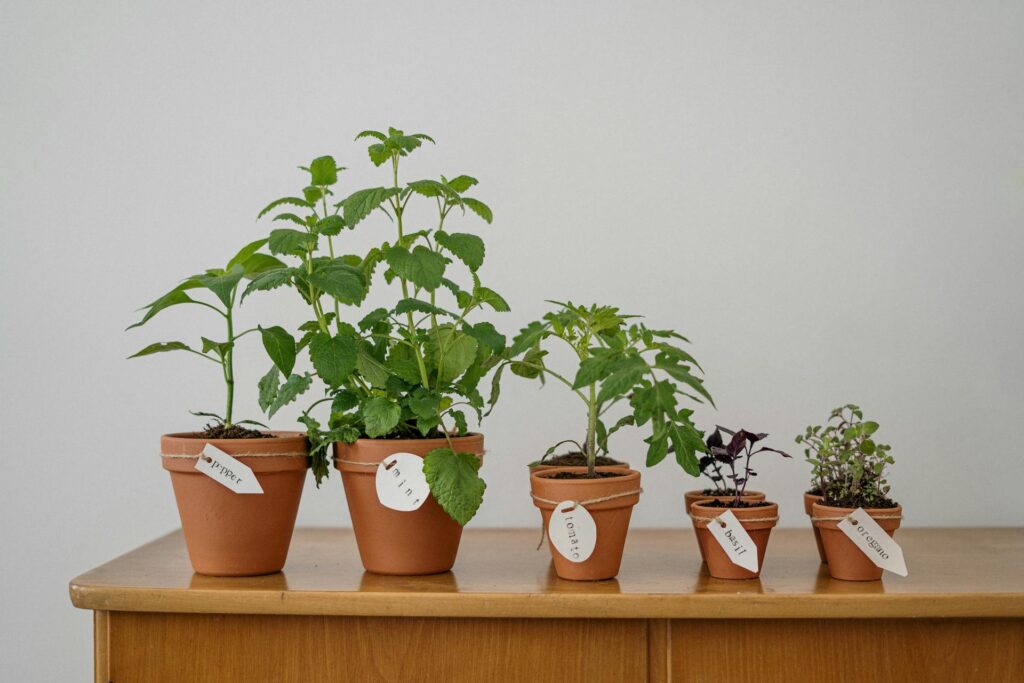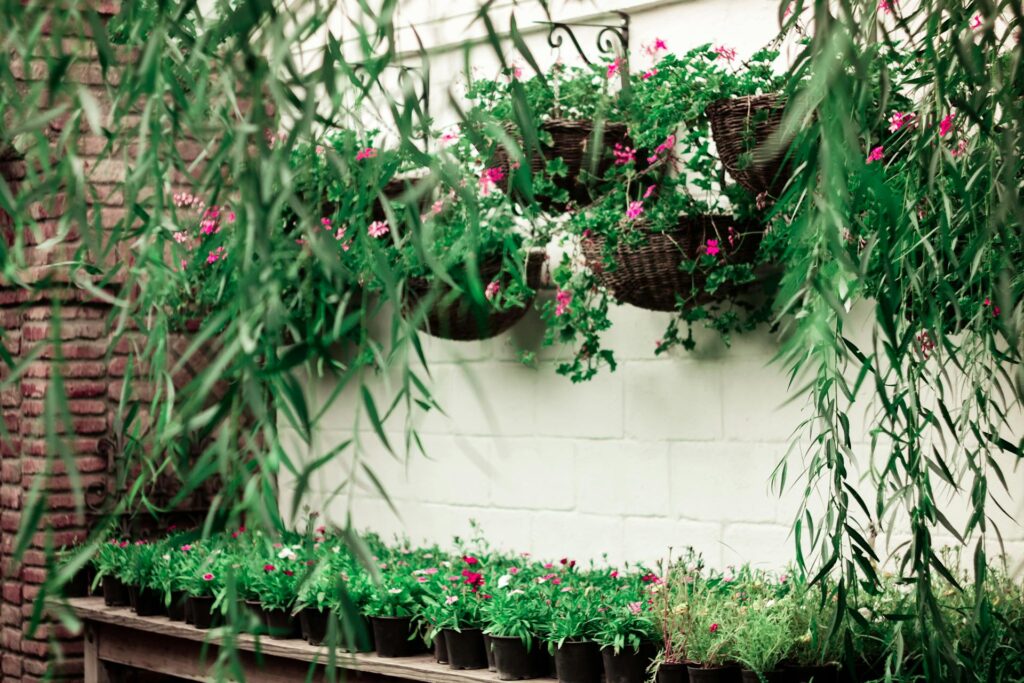Composting isn’t just for farms and country gardens anymore. In 2025, more people are turning food scraps and yard waste into rich, nutrient-filled soil—even in urban apartments and suburban backyards. Whether you live in a small condo or a two-story home with a lawn, there’s a composting setup that fits your space and lifestyle.
The trick is finding the right method. Not every compost bin or tumbler is ideal for a city balcony or a shady lot. But with a little planning, you can turn waste into something useful and shrink your trash at the same time.
Countertop Composting
Perfect for: Apartments, condos, small kitchens
If space is tight, start with a countertop compost bin. These are small containers with lids, filters, and handles designed to hold daily food scraps. They’re not meant to break down the scraps themselves, but they make collecting easy and smell-free.
Once full, you can empty your bin into a curbside compost program (if your city has one) or a larger outdoor setup. Some neighborhoods even have drop-off stations or community gardens that accept food scraps.
Bokashi Bins
Perfect for: Indoor use, small homes, people with meat and dairy waste
The bokashi method uses a sealed bin and fermentation to break down food—including meat and dairy, which most compost systems avoid. It’s a great choice if you want to compost indoors without odor or pests.
You add your scraps, sprinkle in special bokashi bran, and seal the bin. In about two weeks, you’ll have a fermented mix that you can bury in soil or add to a traditional compost pile. It’s clean, compact, and fast.
Worm Composting (Vermicomposting)
Perfect for: Garages, balconies, basements, classrooms
Vermicomposting uses red wiggler worms to break down food scraps into rich worm castings, also called “black gold.” You’ll need a special bin with ventilation and trays. Keep it in a cool, dark spot and feed the worms regularly.
It’s low-maintenance and odorless if done right, but not ideal for people who don’t want to handle live worms. That said, it’s one of the most space-efficient composting methods available.
Tumbler Composters
Perfect for: Suburban backyards, patios, low-effort composters
Tumbler bins are sealed containers on a frame that you rotate every few days. They keep pests out and make aerating the compost easy—no turning with a shovel required.
You’ll need to balance your greens (food scraps) and browns (leaves, paper, etc.) for the system to work well. Within 4 to 8 weeks, you’ll have finished compost ready to use in the garden.
Stationary Bins
Perfect for: Medium to large yards, long-term composters
These open or closed bins sit directly on the ground. You layer your greens and browns, turn the pile occasionally, and let nature do the work. Some bins are simple plastic frames, while others are multi-compartment wooden systems.
They take longer than tumblers but can handle larger volumes and yard waste like leaves or grass clippings. Just be ready to turn the pile manually with a pitchfork or shovel every couple of weeks.
Green Cone Digesters
Perfect for: Low-maintenance users, pet waste, partial sun locations
The Green Cone is a type of solar digester that breaks down food waste underground. It doesn’t make traditional compost but reduces waste volume using heat and microbes. It’s especially helpful for disposing of things like bones and small amounts of cooked food.
Because it’s mostly passive, it’s best for people who want a “set it and forget it” solution. It does require a hole in the ground and some sun exposure to work properly.
Curbside Composting
Perfect for: City dwellers with no space or time to compost
More cities are offering curbside composting programs that collect food waste along with yard waste. You’ll get a small kitchen bin and a larger outdoor cart for weekly pickup.
It’s the easiest way to compost if your area supports it. You do your part by separating waste, and the city handles the heavy lifting. Check with your local sanitation department to see what’s available.
No matter where you live, composting is more doable than ever. From worm bins under the sink to tumblers in the backyard, today’s options are cleaner, faster, and easier to manage.
Start with something simple, get into a routine, and see what works for your space. You’ll be cutting waste, improving your garden, and doing your part for the planet—one banana peel at a time.



